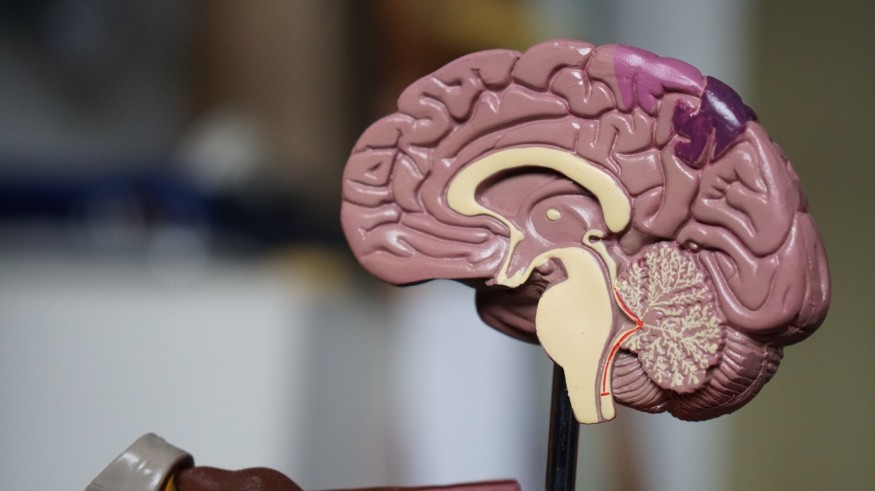Did an evolutionary decrease in brain size occur during the 12th century B.C.E., when people were creating massive empires and new types of written text? Think again, say a group of scientists led by UNLV disproves a theory gaining ground among scientists.

No, the human brain did not get smaller 3,000 years ago.
Studying Evolution Data
A group of scientists made headlines last year when they concluded that the human brain shrank around 3,000 years ago during the transition to modern urban societies because our ancestors' ability to store information externally in social groups reduced the need for us to maintain large brains. Based on a comparison to evolutionary trends observed in ant colonies, their concept investigated decades-old theories on the evolutionary decline of present human brain size.
"Not so fast", said researchers Mark Grabowski of Liverpool John Moores University and Brian Villmoare of UNLV in their proposed counterstudy.
The UNLV-led team examined the dataset that the research team from the previous study utilized in a new work published last week in Frontiers in Ecology and Evolution and rejected their conclusions.
The appearance of Egypt's the New Kingdom, the development of Chinese script, the Trojan War, and the emergence of the Olmec civilization, among other significant innovations and historical events, occurred around 3,000 years ago, according to Villmoare. "We were struck by the implications of a substantial reduction in modern human brain size at that time," he added.
Also Read:
Re-examination Result
According to a re-examination of the DeSilva et al. dataset, Villmoare noted that the size of the human brain has not altered in 30,000 years and most likely not in 300,000 years. Using this dataset, they can show that modern humans' brain sizes have never decreased since the beginning of our species.
Important Takeaways
The study team from UNLV challenged a number of the theories put out by DeSilva et. gathered; from a dataset of about 1,000 early human fossil and museum artifacts, such as:
- According to the UNLV team, the development of sophisticated communities and agriculture occurred at various times around the world; therefore, there should be diversity in the timing of changes to the skull observed in various populations. However, DeSilva's collection only included 23 crania from the crucial time period for the brain shrinkage theory and included samples from England, China, Mali, and Algeria.
- Moreover, half of the 987 skulls investigated reflect only the last 100 years of a 9.8-million-year period of time, which severely skews the dataset and prevents scientists from determining how much cranial size has changed over time.
- If human brains haven't truly altered in size since the emergence of our species, several theories explaining why have to be re-examined.
Related Article : Tooth Discovery Opens New Door on Studies About Human Evolution
For more biological news, don't forget to follow Nature World News
© 2025 NatureWorldNews.com All rights reserved. Do not reproduce without permission.





